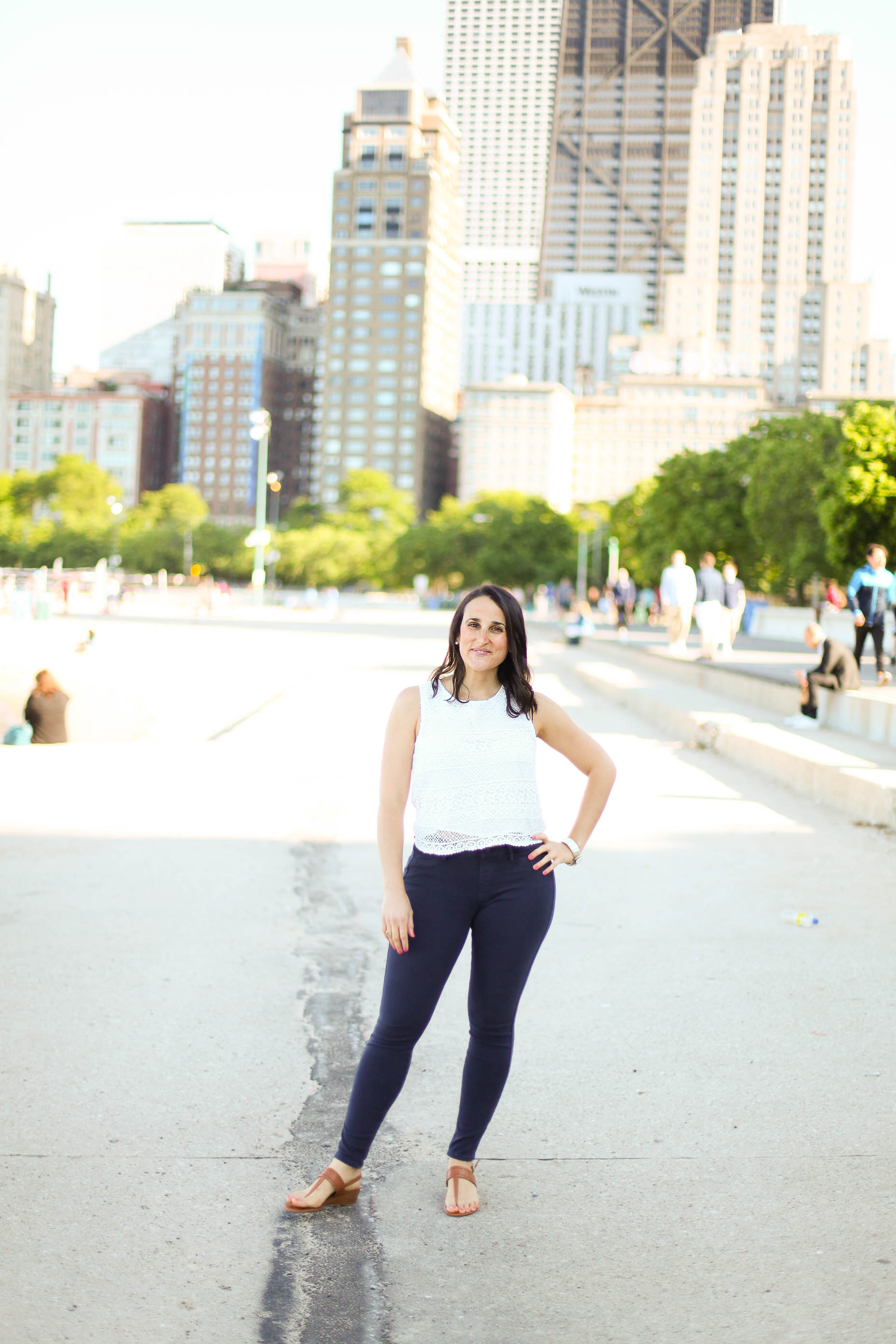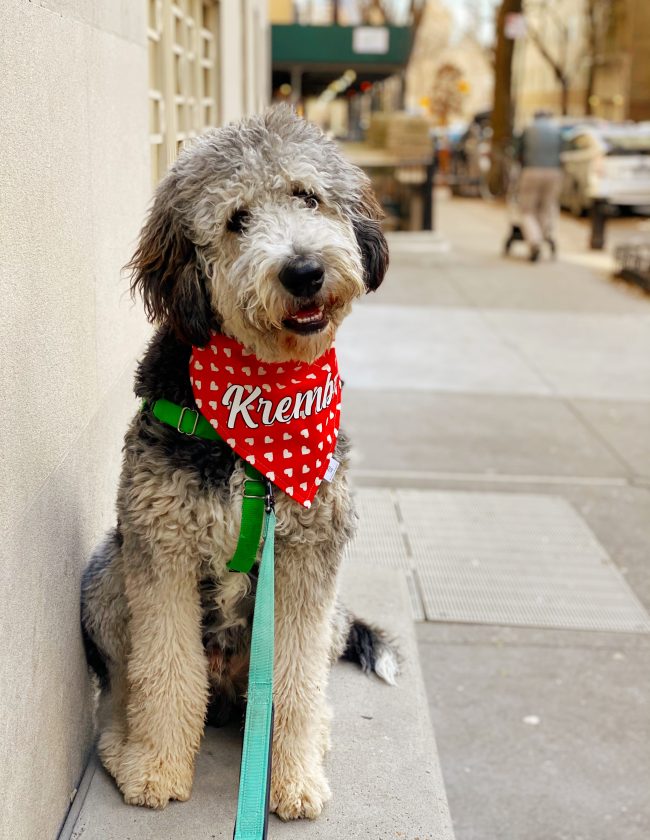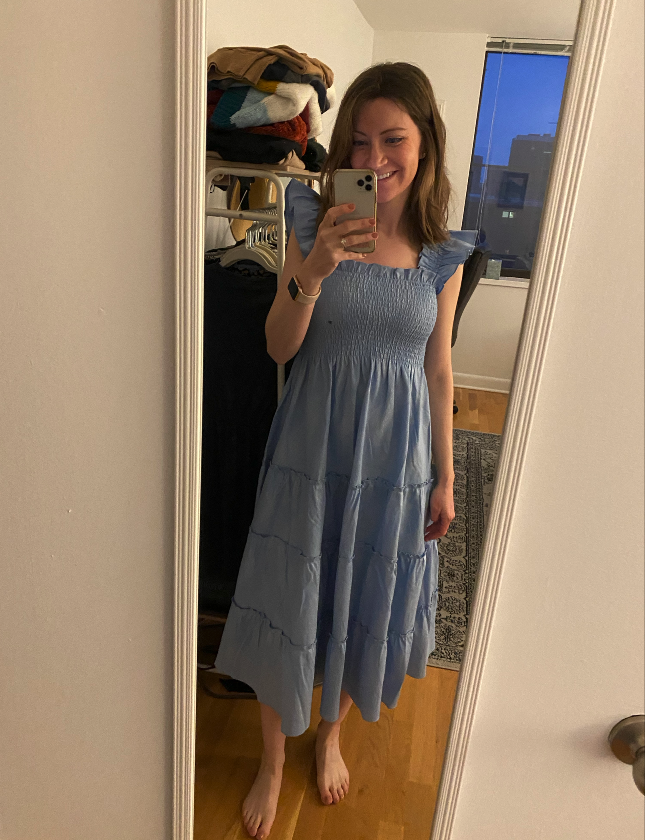
I recently met a woooonderful lady named Liz! We met at WeWork when I was visiting a friend who sits there, and we got to chatting about her career as a health coach. I found her fascinating because she has a completely holistic view on life, and she’s also so sweet and friendly in nature! I also had read her Soul Chat before meeting her officially, and this piece of advice stuck with me the most:
“Don’t compare. It’s very hard not to do, and especially because you get inspired when you look at others. But there’s a difference between inspiration and comparing— it’s a fine line.”
I asked Liz to be a guest blogger for Love Always, Audrey because I trust her advice and I was excited to hear what advice she had to share with my readers. Plus, at the end of the post, you’ll be able to get a discount on her 6-week summer health coaching program! Click through to read Liz’s take on an important topic: your skin!
//
Liz: It’s (almost officially) summer and time for some fun in the sun! As a health coach, I’m always on the lookout for the latest and greatest on skin health – your skin is your largest organ and it’s super important treat it as your lifetime superhero protective shield (because, funny enough, that’s exactly what it’s there for)!
I’m also a sponge for inspirational quotes and thought-provoking ideas, so I somewhat regularly catch myself gazing at my Lululemon lunch bag. This one recently caught my eye:

Interesting, but Lululemon is all about athleisure, what the heck do they know about the sunscreen? I did some digging…
The EWG (Environmental Working Group) issues an extensive annual sunscreen report. I’ve read it, digested it, dropped-jaw multiple times, and summarized the top 10 key findings you need to know to protect you and your shield this summer:

1. Yes, mom was right, you should wear sunscreen. However, the one you choose deserves careful consideration

2. Look for both UVA and UVB ray protection. UVA rays can pass through window glass to dive below your skin’s surface. They can cause premature skin aging, wrinkles and age spots. UVB are the “burning rays” that affect your skin’s surface and cannot pass through window glass.
3. Always choose a waterproof SPF 15 to 30. SPF (Sun Protection Factor) extends the estimated amount of time it takes for skin to burn. If your bare skin burns after 20 minutes of sun exposure, then SPF 15 theoretically allows you 15 times the amount of sun exposure before you burn. Recent studies show that SPFs above 50 provide minimal additional benefit (if any at all).

4. Quantity and Reapplication are key NO MATTER WHAT SPF you wear (SPF 15-100). Apply 20-30 minutes before sun exposure; reapply every 2 hours OR after swimming/sweating (towel dry first). How much you ask? You should use 1 oz. of sunscreen. It’s a lot more than you think. A shot glass is about 1.5 oz. when filled all the way to the top. You should be using 2/3 of that on your body. Most people use ¼- ½ the recommended amount.
5. Vitamin A and Parabens are endocrine disruptors to watch for in many sunscreens. These are toxins found in many personal care products like makeup, shampoo, moisturizers and body wash. They can act like hormones in your body and cause reactions like allergies, acne, weight gain, and other more serious issues as well. Companies are slowly removing these ingredients from products and while no sunscreen is perfect, click here for some options where protective benefits FAR outweigh the toxin risks.
6. Sunscreen is not enough to protect you from cancer. Do not rely solely on sunscreen to protect you from the sun. There are contradicting studies on whether sunscreen actually prevents basal cell carcinoma (i.e. melanoma cancer), so shade and clothing are key. I love these J.Crew Rash Guards – they keep you cool and look cute too! Always wear some sunglasses too – they protect your eyes from UV exposure.
7. Sunscreen sprays may be easier, but leave you at greater risk of toxin exposure and sunburn. If it’s your only option, in order to avoid inhaling the sunscreen and prevent you from missing spots, spray the lotion into your hands and then apply.

8. Expensive does not equal safe. Many department store and expensive pharmacy brands still contain harmful chemicals like Vitamin A and parabens, both of which can disrupt the endocrine system (the system that regulates hormones).
9. Vitamin D deficiency is not a reason to say no to sunscreen. If you are vitamin D deficient like many of us, obtain additional vitamin D by eating salmon, sardines, eggs (whole), shiitake mushrooms or taking a supplement.

10. Check your “birthday suit” on your birthday (or maybe mark the first day of Fall on your calendar – I sure don’t want to worry about finding a mole on my birthday). This will ensure you don’t have any new oddly shaped/colored/sized freckles or moles. Remember: Growths can (and a lot of the time) show up in places where the sun don’t shine!
//
So Lululemon has a point… Like many of the great things in life, moderation is key and sunscreen is not straightforward. But if you’re on a boat at 1PM, are fair skinned, and your only option is Coppertone Sport (rated quite poorly on the 2016 EWG report), I would use it to avoid the sunburn and risk the toxin exposure this one time. Life can be about tradeoffs and in this case, the potential sunburn is a lot worse than a one-time toxin exposure. Get yourself a good bottle (or 2) of sunscreen and throw it in your purse and beach bag so you’re always ready to protect that precious shield!
Xoxox ~ Liz
//
Now, for something SUPER COOL! Sign up for Liz’s 6-week summer group coaching program starting Wednesday, July 6th. You will join a fabulous group of ladies to Stay “Summer Ready” All Summer Long by focusing on YOU: Mind, Body and Soul.
All “Love Always Audrey” subscribers will receive a bonus bottle of natural sunscreen (available at checkout), and get 20% off if you register by June 23rd. Click here to learn more or sign up!
//
Sunscreens pictured above: Alba, Badger, Dermae Day Creme w/ SPF






